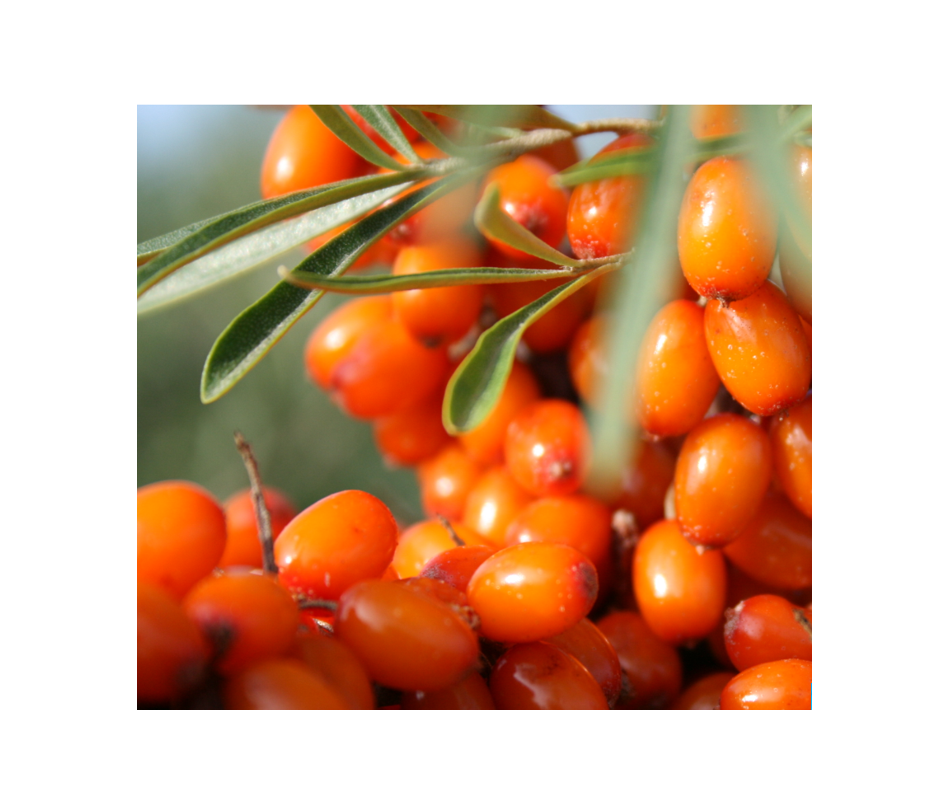2019 created a revolution in our plans for growing sea buckthorn. The decision to harvest the berries by cutting branches and then freezing them so the fruit can be easily shaken off meant creating our own processing machinery, but it also meant managing the plants differently.
In countries where this practice is common, the plants have a single stem, approximately one metre high. Branches grow from the top of this stem which are then harvested every three years.
Our intent up until 2017, was to hand pick our berries. So we allowed our plants to become multi-stemmed with multiple side shoots. Now all these have to go.
To do this too suddenly would potentially kill the plants, so we will remove the lower branches over a three year period allowing the plants to adapt to this new form. It is a risk and some plants, or some varieties might not adapt to the process, but that is the nature of developing the sea buckthorn crop.
Pruning off these branches would normally be done when the plants are fully dormant. Our sea buckthorn, both the Siberian and Latvian have had to adapt to our local climate. By the end of January out of 14 varieties , 12 will be showing their first leaves. Pruning off larger branches is undesirable once the plants are out of dormancy, so this hard pruning process will stop in February.
The next major undertaking will be to start planting the 4000 one year old cuttings that we imported from Siberia in October. This will start a new organic plantation taking on all the knowledge we have gained over the past ten years. It is a commitment for the farm as we move further into the era of climate change and the need to adapt to potentially more challenging conditions.
Managing adaption is an interesting concept in an era of climate change. Milder weather will change the way plants behave. If their growing cycle starts earlier in the year, will they continue on to grow viable crops, particularly if the key development stages in the growing cycle are vulnerable to the uncertainties of late winter/early spring weather.
This is a problem if one grows crops in an open, soil based field environment. Growing food in soilless controlled environments may become the solution to all these issues. Technologically feasible these methods can be energy intensive. However we produce food it will have to be sustainable. There are many politically motivating concepts being promoted globally as to how we are going to feed the world. For us now however we have the reality of considering how we respond to reducing our carbon footprint; our energy use; our resource use; our waste. This will be a primary plan for 2020. We may be organic, 50% of our farm may be devoted to wildlife habitat, but the devil is in the detail. Responding to climate change is the responsibility of each and every one of us – neither money nor technology can buy another planet.

